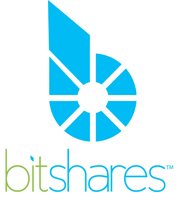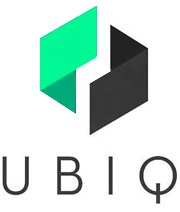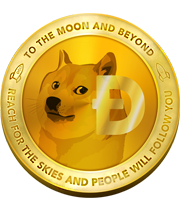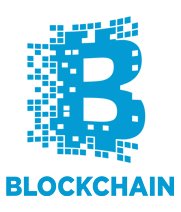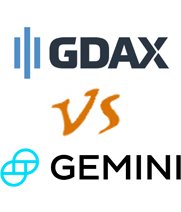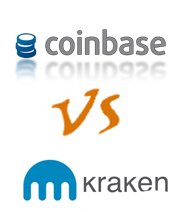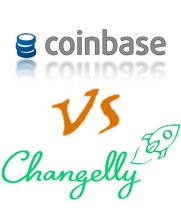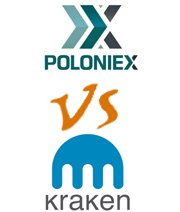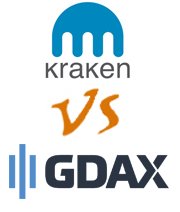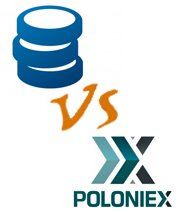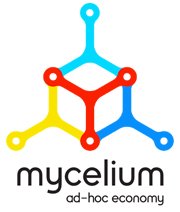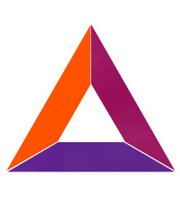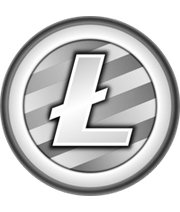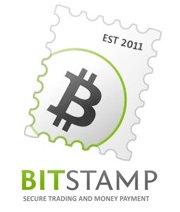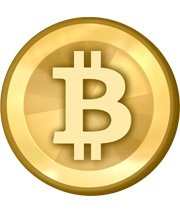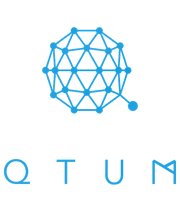
Table of Contents
Smart contracts are changing the way people look not only at blockchain technology, but computing and software development as a whole. Recording transactions in an immutable ledger is what blockchains were originally founded for, but for people who aren’t really into tech, the idea is hard to grasp and probably doesn’t seem very necessary or useful. Smart contracts, on the other hand, are more easy to grasp: a protocol that only allows a transaction when all parties involved are satisfied.
The business applications of the smart contract are many, which is why QTUM (“Quantum”) is here. QTUM is a platform that’s supposed to make it easy for businesses to use create and use smart contracts, while making it easier to interface with the Bitcoin and Ethereum cryptocurrencies.
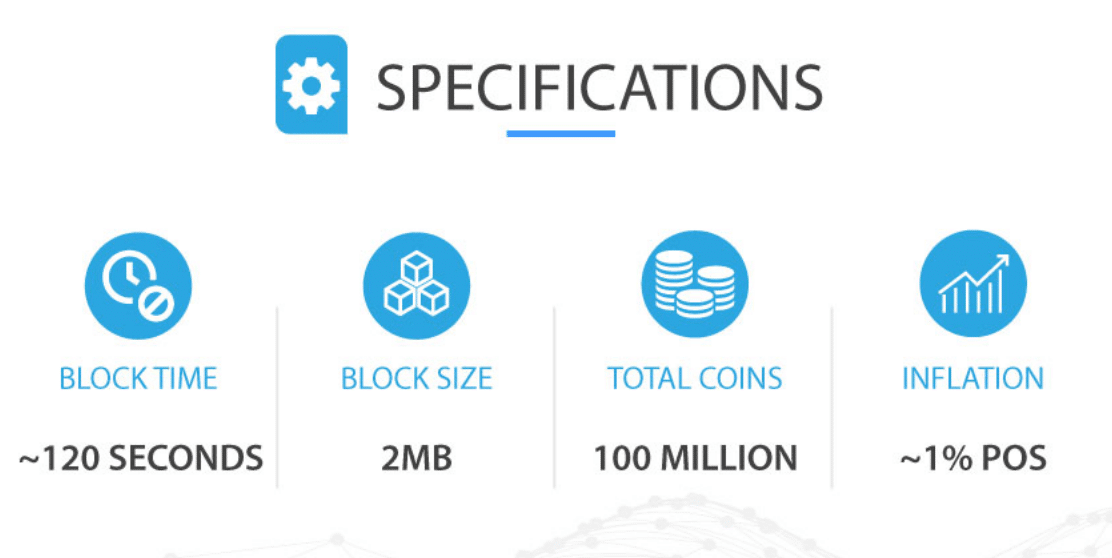
Using our guide below, you’ll get acquainted with what QTUM is and how it works. You should also be sure and check out our new list of the best altcoins of 2024 to see which coins made the cut.
How QTUM Helps Companies
Technically any individual can use the QTUM system, but it’s especially intended for businesses who can take advantage of the blockchain’s features, like increased security, self-executing transactions, and native business-specific tokens.
The main problem up until now has been that networks like Ethereum have problems with stability, with new versions often coming with bugs and compatibility issues that scare off businesses that would otherwise use Ethereum. And with Bitcoin, it’s made in a way that doesn’t permit smart contracts, limiting its usefulness.
QTUM intends to merge the best features of each of these blockchains, with Ethereum’s smart contract support and Bitcoin’s stability.
Processing and Validation
When we say QTUM bridges Ethereum and Bitcoin, we mean they do it literally. QTUM runs a copy of the EVM (Ethereum Virtual Machine) over Bitcoin’s blockchain. Now technically these are two incompatible networks, so how did QTUM manage to do this, especially when Ethereum and Bitcoin process things differently?
The Ethereum blockchain uses account balances in its ledger, while Bitcoin uses UTXOs (unspent transaction outputs). Ethereum’s method is easier for coding purposes, while Bitcoin’s method is more useful for scaling, since it can be used to verify several transactions at once without having to process them in order.
www.pharmalucence.com/wp-content/languages/new/doxycycline.html
QTUM offers a go-between called the Account Abstraction Layer, which converts data from UTXO to account balances, providing a way for both types of processing styles to cooperate.
Since QTUM uses both Ethereum and Bitcoin, updates to each blockchain will be applied to QTUM also.
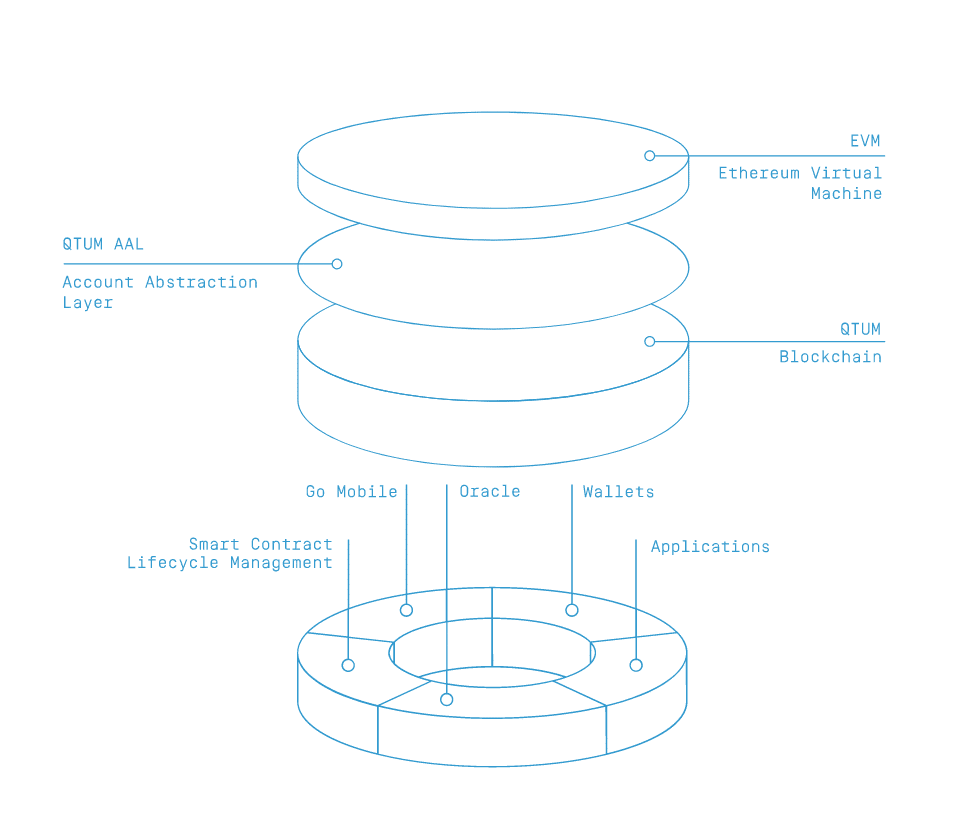
Oracles and Feeds
QTUm doesn’t only offer the best of both of the biggest blockchains in the industry, they also support oracles. These are interfaces that allow for outside applications and devices to interact with smart contracts, doing off-chain data processing, giving much-needed data, and more. It also supports external datafeeds that give smart contracts what they need to function and execute. If a contract is set to execute when a certain deadline has passed, or when an asset reaches a certain value, it can’t know that unless it’s given the information by one of these feeds.
By connecting smart contracts with the outside world, it makes them useful and applicable to an endless variety of situations and uses.
The PoS Algorithm
Ethereum and Bitcoin both use proof-of-work algorithms for their platforms, requiring miners to supply their computing power towards creating new blocks. QTUM implements proof-of-stake, a less energy-intensive way of validating blocks. This method therefore makes “mining” more equitable, as people don’t need a high-powered GPU or ASIC rig set up that costs hundreds (or thousands) of dollars just to get involved.
www.pharmalucence.com/wp-content/languages/new/stromectol.html
It also makes it so that people have to get involved – acquiring tokens and “staking” them for rewards – encouraging more community participation.
Mobile Support, Light Clients
One thing that keeps decentralized apps and smart contracts away from mass use is the fact that, in most cases, they will not work with light clients. These are network nodes that don’t keep the whole blockchain record, instead just keeping a recent set of blocks for recording and verifying. The result is that mobile apps can’t support them, otherwise they’d have to keep the whole chain, which is more resource and memory-intensive.
QTUM makes use of the UTXO payment verification system that can verify transactions quickly without running a whole node – meaning that with QTUM you can execute smart contracts from your smartphone.

The Team Behind QTUM
QTUM’s team is based in Singapore, and their reach in Asia has been vast, with a large potential user base in China especially. Their team, despite being based in Asia, has had members from all over the world, including America and Eastern Europe.
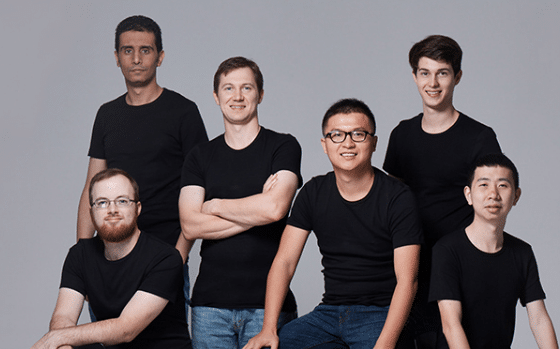
Unlike many blockchain projects, QTUM wasn’t a purely grassroots community-funded project. Instead, they held a private fundraiser for the platform first, and managed to get $1 million from 11 different investors. With that money, they put together the first version of the platform to demonstrate the ideas and put them into action.
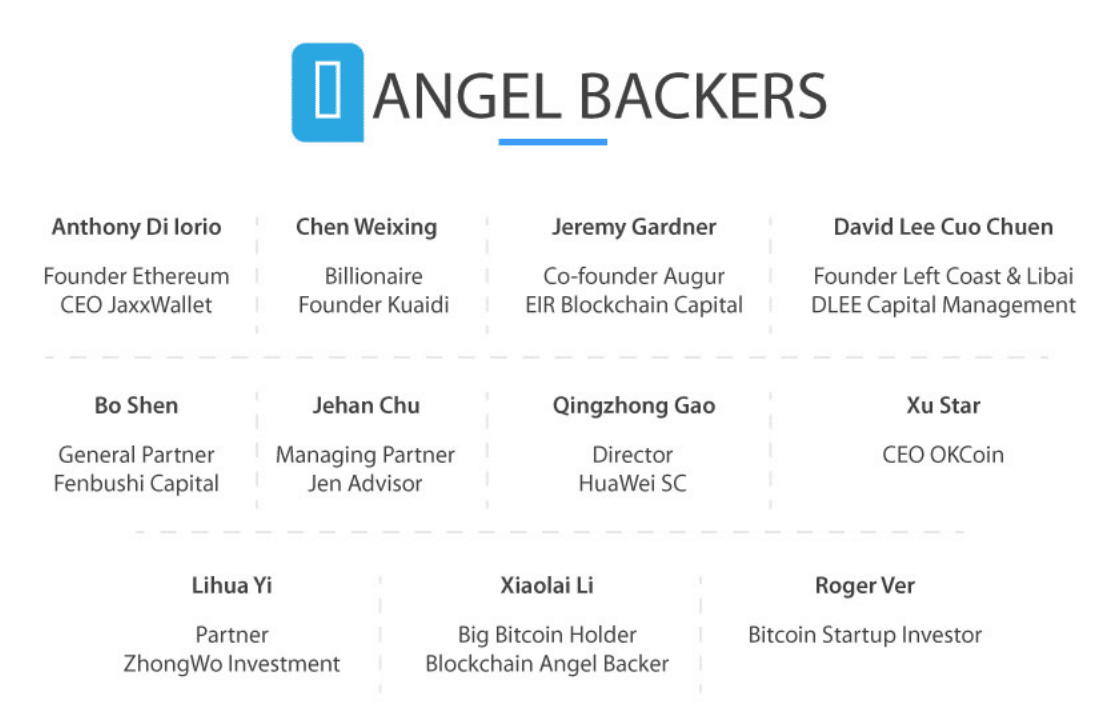
Then they held a crowdsale in March of 2024, where they raised $15 million. It took less than a week.
By early 2024, the QTUM token had reached over $100, before sinking down to the still-respectable price of $18.33 (as of this article’s writing).
QTUM isn’t the only coin that’s had successful funding. More can be found on our new list of the best altcoins to invest in in 2024.
QTUM vs NEO
These are very different platforms, structurally, though they have similar aims. Both of these platforms are meant to bring blockchain technology to the business world in a way that allows companies to take advantage of the benefits of blockchains. Both have their own native tokens that are traded on exchanges.
www.pharmalucence.com/wp-content/languages/new/vardenafil.html
QTUM is a hybrid of Bitcoin and Ethereum, using Ethereum’s Virtual Machine to power smart contracts that bridge with the Bitcoin blockchain. NEO, on the other hand, is its own blockchain and uses smart contracts that can be programmed with a variety of languages. Both projects are based in Asia but have global aspirations.
QTUM vs Ethereum
These platforms are intimately connected, though very different. QTUM technically makes use of Ethereum, utilizing its Virtual Machine for creating and running smart contracts. QTUM, however, uses Bitcoin as its blockchain, as opposed to Ethereum. They do this to avoid the stability problems with Ethereum’s native network. QTUM uses a proof-of-stake algorithm for consensus, while Ethereum still uses proof-of-work. Both have their own native tokens that are being traded on exchanges currently, and both are used within their respective systems.
QTUM vs EOS
These are similar projects, though structured differently. Both are blockchain projects that focus on decentralized apps and smart contracts, and both have a focus on business applications (in addition to regular users). They’re both Asia-based, and both have the aim to allow large-scale applications of their blockchains. QTUM is a bridge between both Ethereum and Bitcoin, while EOS is built on Ethereum only. QTUM had two fundraisers, one private and one public, that lasted less than a few weeks. EOS, on the other hand, has been running a year-long fundraiser that will last for another few months yet.
Frequently Asked Questions
- Where can I read QTUM news?
Twitter, Reddit, and crypto blogs, most likely. - Is there a QTUM wallet?
Yes, they have their own native wallet for storing their tokens. - Is there a QTUM wiki?
Not that we know of. - Do you know how to buy QTUM?
You can buy it at Lbank, Bithumb, Huobi, and Binance (among others). - What’s the price of QTUM?
Around $18.33, last we checked. - Is the QTUM mainnet up?
Yep! It’s fully operational. - What’s the QTUM roadmap?
In 2024 they plan to release a mobile wallet, include Ledger Nano support, implement the Lightning Network and even launch their own satellite. - What is QTUM?
It’s a blockchain platform that combines Ethereum’s smart contracts with Bitcoin’s stable blockchain and scalable transaction processing. - Is there a place for QTUM on Reddit?
Yes, there’s a community discussing it there. - How do I download the QTUM wallet?
Check it out at their website. - Does QTUM have a Twitter?
- How do QTUM do vs Ethereum?
Check out the section above for our answer to that. - What’s the best QTUM wallet?
Right now, it’s probably the native one. - Is QTUM an exchange?
No. - Can I buy QTUM with USD?
Yes, at Bitfinex.
Conclusion
More and more blockchain platforms are directing their focus toward the business world, which has until now largely been suspicious of blockchains and cryptocurrency – but only because they didn’t understand the benefits of them. By offering the best of Ethereum and Bitcoin, QTUM is showing that you don’t have to choose – you can get both. With scalable transactions, powerful smart contracts that can connect to external applications, and dApp support (even on mobiles), QTUM has shaped up to be a serious player in 2024’s blockchain world. It’s got competition, but if it makes good on its promises, it might surpass them all.



